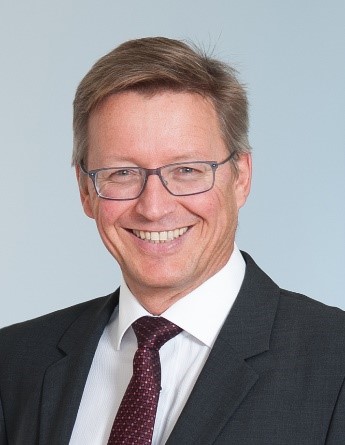
Invited Speaker:Prof. Peter Gumbsch
Introduction: Peter Gumbsch教授,博士毕业于德国斯图加特大学,先后在美国圣地亚国家实验室、英国帝国理工大学、牛津大学开展博士后研究工作,后回到德国马普所(Max Planck Institute)担任团队负责人。2001年入职卡尔斯鲁厄理工大学(KIT)担任材料力学主席,同时担任德国弗劳恩霍夫协会(Fraunhofer-Gesellschaft)材料力学中心主任。他在科学领域获得诸多荣誉,2007年获德国科研界最高奖项“莱布尼茨奖”,2008年入选德国科学院院士,2009年被提名为Hector Fellow,2013年获“德国材料学会奖”,2016年入选美国工程院院士,2015年被任命为“德国科学与人文理事会”顾问,2017年担任“德国科学委员会”主席。其研究方向集中在材料力学,尤其是多尺度建模与计算模拟。已在Nature、Science、Nature Materials、Progress in Materials Science、Physical Review Letters等期刊发表论文270余篇,h因子49。
【Title】Specifics of the Dislocation Motion in BCC Metals and Tribological Contacts
Time: 10:30 am, May 23rd, 2019
Location: New MSE Building, No. 01 Meeting Room (新材料大楼材料学院第一会议室)
Abstract:Mechanical properties of body-centered cubic (bcc) metals are characterized by several specific aspects like the strong temperature dependence of the flow stress, a brittle-to-ductile transition and a significant tension/compression asymmetry. Most of these specifics can be related to the behavior of screw dislocations in bcc metals but this relation so far is mostly anecdotal and materials specific differences can often not be explained. We are therefore undertaking significant efforts of building a rigorous multiscale modeling framework to describe these properties quantitatively. This is based on an atomistic level understanding of dislocation core structures and energetics. These simulations reveal important details about the influence of non-Schmid (non-glide) stresses on the mobility of screw dislocations which can then be implemented to mesoscopic discrete dislocation dynamics (DDD) simulations. I will report examples where DDD simulations help to understand elementary processes of dislocation interaction and show applications of DDD simulations to studies of plasticity in small-scale bcc single crystals.
As a second topic I will focus on dislocation motion under strong stress gradients as exemplarily found in tribological contacts. Dislocation structures developed in such strong stress gradients include prismatic dislocation structures and a dislocation trace line which constitutes the origin of further microstructural evolution under tribological loading.
I will end with an outlook on the development of continuum models based on advanced 3D dislocation density measures with evolution equations that naturally track dislocation motion.
Welcome to attend the lecture!


